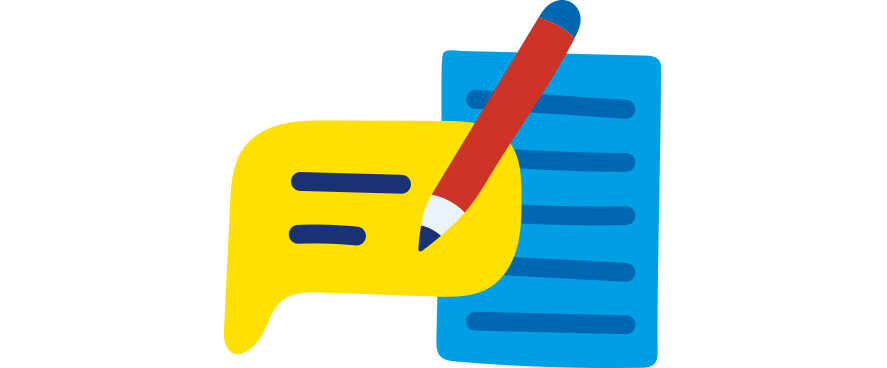-
23 December 2016
Category : Interview
What are the European Union’s Twinning programmes?
FIIAPP manages this type of EU-funded projects.
 Logo of the European Union Twinning programmes.
Logo of the European Union Twinning programmes.The first Twinnings began in May, 1998, when the countries of Eastern Europe entered Europe to make them better prepared for the enlargement of the European Union.
It is a specific type of project in which Spain occupies third place in the European Union in terms of the budget implemented, and fourth in projects won. Specifically, Spain implements 10% of the projects that circulate.
To better understand their purpose and the types of projects that exist, we talked to Rafael Rodríguez-Ponga, National Contact Point for Twinnings at Spain’s Ministry of Foreign Affairs and Cooperation.
What are the European Union’s Twinning programmes?
The Twinning programmes of the European Commission are institutional cooperation programmes that are funded by the European Commission from the EU external action budget.
They represent a very particular type of funding. Specifically, they are from public administration to public administration. They must be implemented by and for agencies that are part of, or are themselves, public administrations, and they are managed by civil servants.
They are also results-oriented, which means that the two parties, both the administration that wins the project and the beneficiary administration, commit to achieving a series of results in a contract signed in advance.
Furthermore the defining feature of Twinnings is that the two parties, in addition to making a commitment, work together.
How do they function?
Well, a civil servant from the administration that wins the project relocates temporarily to the site of the other administration for one to two years, depending on the Twinning, and helps the civil servants there develop, work on and promote European Union legislation.
What is the purpose of Twinnings?
It´s cooperation between the different administrations. It’s to improve the administrative capacities of other beneficiary countries. It’s to bring these beneficiaries up to European standards so that they function increasingly better.
And it’s to export our experience, our working methods and our fundamental values, such as democracy or human rights. It’s to bring these neighbours closer to the EU acquis. In all sectors, from the justice sector, which is generally the one with the most Twinnings, to finance, energy, structural funds, consumer protection, etc.
Could you give us an example of a project FIIAPP is participating in?
We have a Twinning in Algeria for setting up a Directorate-General of Traffic (DGT), as no organisation currently exists there to regulate this area. So we have sent a civil servant from Spain’s DGT to Algeria to help set up a DGT over the next two years, and to look at how to improve traffic and reduce traffic deaths in that country.
Listen to our radio programme, Public Cooperation Around the World, on Radio 5 (RNE), about Twinnings here.
The views and opinions expressed in this blog are the sole responsibility of the person who write them.




